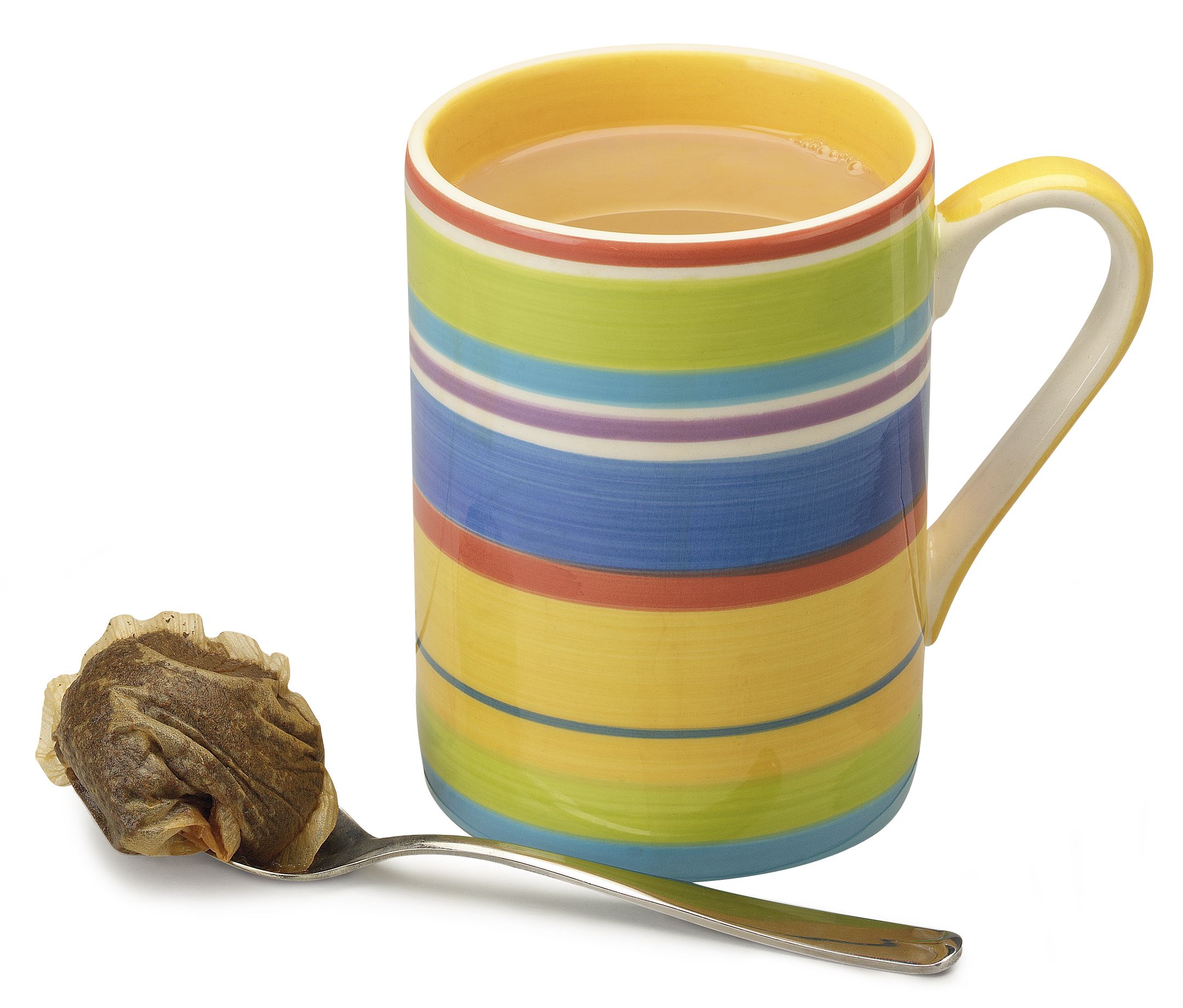By Sam Holyman
As I settle down to my morning cuppa, one of the 100 million cups of tea that are likely to be drunk in the UK today [1], I wonder about how sustainable I am being, after I sling my used teabag straight into the black bin.
Many of my friends collect their spent tea bags in a waste food caddy destined to go into their council-collected green bin or into their own composting bin. They are under the impression that they are making a green choice as the teabag is set to biodegrade and magically make new soil. This is sadly not the case as most teabags contain around 10% thermosoftening plastic polypropylene which is used to heat seal the teabag during manufacture.

This thermosoftening plastic has long polymer chains held together by strong covalent bonds which are unable to be broken down by microbes or the environment. So, teabags are not biodegradable and, whether they are put in landfill or in composing, they will remain for many hundreds of years.
On reflection, the way I dispose of them is no better than my friends, except if my black bin, full of general waste, is combusted and the energy captured to make electricity[2]. This waste to energy (WtE) scheme is expanding in the UK as councils have been targeted with reducing waste to landfill by 2020. As technology improves, the more efficient the energy from waste plant becomes and the carbon offset of this method of generating electricity compared to conventional power generation.

My research into an eco-friendlier cuppa then moved into the realm of the carbon footprint; one tea bag at a time. Carbon footprint is a measure of greenhouse gases produced over the lifecycle of a product, event or service. So, tea itself will have a carbon footprint, but this is variable based on how it is grown, processed, transported, used and disposed of i.e. its life cycle assessment. The carbon footprint has been measured as high as 200g of CO2 equivalent emissions to as low as -6g [3]. For comparison, milk, which I also use in tea, has a carbon footprint of 225g. But by using a teabag, an extra 4g of CO2 equivalent emissions can be added. [4]
There are non-plastic options to consider such as plant-based biodegradable polymers or bamboo teabags. But, the problem with these is that they are single-use and create waste. So, what about re-useable teabags such as cotton? Even if you choose the more expensive fair trade, non-chlorine bleach product, the manufacture of cotton itself produces greenhouse emissions. They are reported to total 220 mega tonnes of carbon dioxide equivalent, but it depends on where it was sourced from.

So, my conclusion: no teabags and using only loose-leaf tea is the way forward. That way all I need is a metal tea strainer, that can be washed and if it gets broken it can easily be recycled. And, some loose-leaf tea recommends more than one brewing, leading to re-use too! Not only has this train of thought changed my daily tea drinking, but it has also given me a new approach to teaching about carbon footprint, LCA and polymers through the medium of a good cuppa!

Sam Holyman is Second in Science at Aylesford School in Warwick, and formerly West Midlands ASE President. She is also author of a number of best-selling science textbooks for KS3 and GCSE (including the AQA GCSE Foundation: Combined Science Trilogy and Entry Level Certificate Student Book), and a keen advocate of innovative teaching and learning. She was nominated in the Teacher Scientist category for the Science Council’s 100 leading practising scientists, is a Chartered Science Teacher, and has recently been awarded a CPD Quality mark.
[1] https://www.tea.co.uk/tea-faqs Copyright 2019 – UK Tea and Infusions Association, c/o Food & Drink Federation 6th Floor, 10 Bloomsbury Way London, WC1A 2SL
[2] https://www.suez.com/en/news/recovering-energy-from-our-waste
[3] https://www.samovartea.com/teas-carbon-footprint/
[4] https://steenbergs.co.uk/blog/whats-the-carbon-footprint-of-your-cuppa
Also from Sam Holyman
Insights from the 2019 AQA GCSE Combined Science Trilogy exams
Are you (and your team) getting the most from your appraisals?
